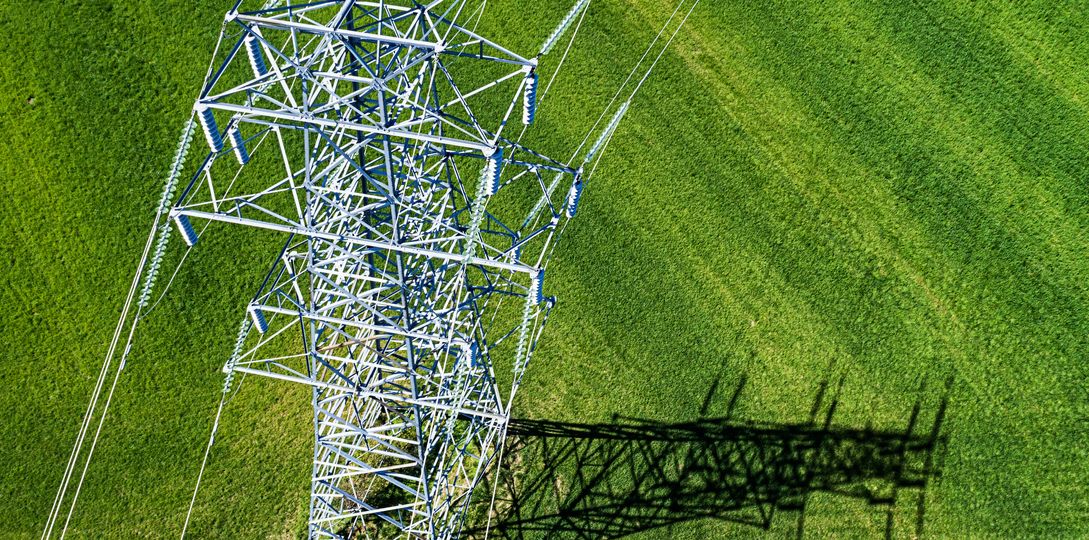
Power pole inspections and upkeep are a vital part of the country’s infrastructure. An unplanned power outage can cost businesses thousands or hundreds of thousands of dollars per hour, with the United States Department of Energy advising that the total could reach $150 billion per year. Unmanned aerial vehicles (UAVs) or drones are the future in ensuring that these inspections are conducted efficiently and safely.
Drones are safe
According to the Bureau of Labor Statistics, electrical power-line installers and repairers rank as having one of the top ten most dangerous jobs in America. Workplace injuries and deaths are not limited only to electrocution, but can also be caused by stress, falls, and equipment malfunction. Drones minimize the time that workers spend putting themselves at risk while performing inspections.
Drones are cost-effective
Drones save wear and tear and fuel costs for heavier machinery required to lift workers up for a closer, manual inspection. Because drones are light and powered by electricity, they are often the fastest, easiest way to perform an inspection and move on to the next site. Drones also have very few parts that need frequent maintenance or replacement, with only a battery replacement generally required after several hundred charge cycles.
Drones can conduct more comprehensive inspections
A skilled operator can move a drone into any space on a problem site to view it from multiple angles much more quickly and safely than a human operator could be maneuvered into position. The cameras and sensors on drones can also record and transmit video and other critical data to determine if further work is necessary.
Drones can cover a far greater area than manual inspection
High-end drones can cover a distance of several miles and more easily maneuver around adverse terrain such as trees, and are not impacted by uneven ground or water the way a manual inspection would. Because drones have a smaller footprint compared to heavier machinery, it is much easier to conduct an inspection with a minimum setup and teardown time. By bringing additional batteries as needed, you can move from site to site to conduct inspections, and return with other equipment only to the sites where their need is warranted. Drones can also move vertically much more safely and quickly than a human inspector can, meaning that operators can move onto the next site with a minimum of hassle.
Drones can be outfitted with peripheral sensors such as infrared (IR)
While regular cameras are standard-issue on drones, many inspection jobs require more specialized equipment. Drones can be customized with whatever sensors the job requires, with infrared being vital for identifying potential concerns, as components tend to emit unusual amounts of heat when they are in danger of failure, especially due to damage or structural fatigue. While a human operator is limited by the position they can be moved into as well as needing hands to hold the camera, drones can easily zoom in and observe a problem area from multiple different angles.
Alternatives to drones
While there are other aerial methods of inspecting power poles, they often run into similar efficiency and cost problems as land-based methods. Helicopters and other manned aircraft require fuel and a higher level of expertise to pilot, which further increases the investment required. They also cannot get nearly as close to a site, while drones are only limited by their ability to withstand electromagnetic interference from the pole. When it comes to aerial devices, it simply makes sense to use the smallest available option that can get the job done, and drones perform this function admirably.
Do you have any questions about how drones can help you conduct power line inspections? Please feel free to reach out to us for a consultation or view the list of services that Mile High Drones offers.

